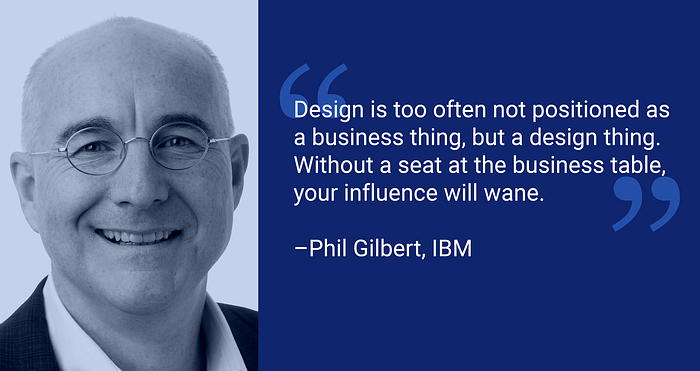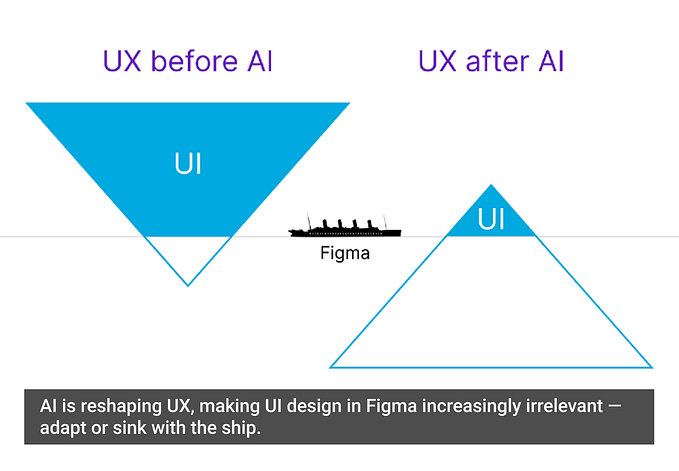Member-only story
Why can’t designers get a seat at the table?
Measure the impact of design by aligning with business goals

The challenge designers struggle with
Design success is not as easily measurable as roles that are driven primarily by numbers, such as recruitment or sales.
If good design is often viewed as subjective, how do designers decide if a design was successful or not?
Well, a simple way to gauge your designs is to get feedback from your users. Conducting qualitative studies can generate insights into the usability of your product.
But qualitative insights only tell us the ‘why’ of human behavior.
Why did the user perform this action?
Why didn’t the user complete this task flow?
So how can designers connect the dots when stakeholders often measure results based on ‘how many’ or ‘how often’?
This is where quantitative metrics can bridge the gap between usability and business objectives. By measuring design in numbers, we can more easily see how it impacts the business in achieving its goals.
Why is measuring design impact so important?
Anyone can create designs, but knowing how to use design as a tool to achieve business objectives is a skill that designers should learn.
Senior designers focus less on defining user flows and more on aligning with stakeholders on product strategy and business objectives. Companies often don’t value the role of design in product development, but a key reason is that they don’t understand the business value.

For designers to have a seat at the table, they must understand the importance of measuring design impact and communicating that impact to business leaders. Only then will design be able to influence business decisions.





